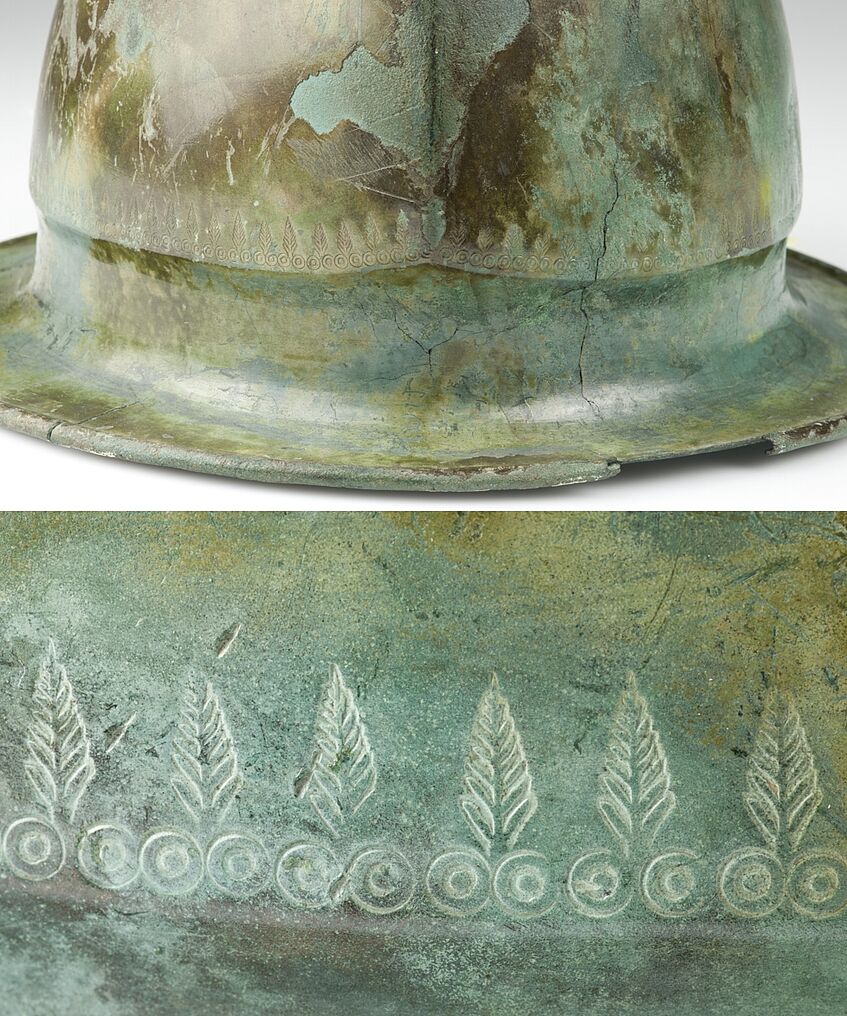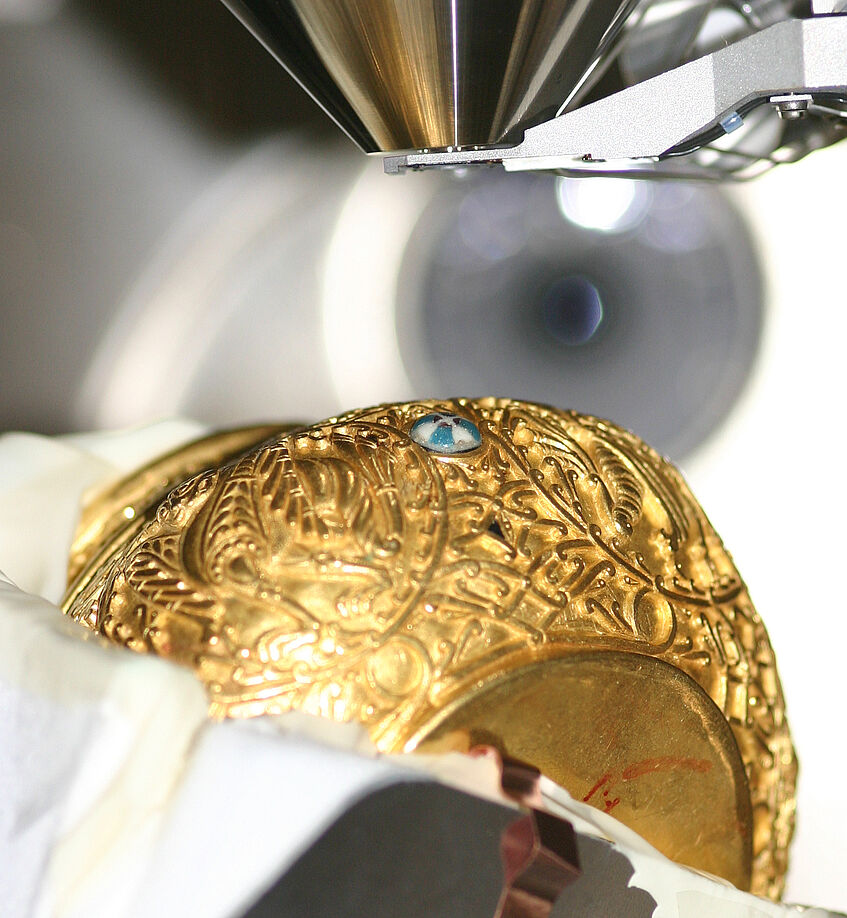Archaeometallurgy - Materials Science
Ing. Mag. Dr. Mathias Mehofer
Archaeometallurgical investigation of metallurgical products and their by - products
The reconstruction and description of the occurrence of findings and finds is one of the central working methods in archaeological research. The characterization and classification of archaeological artefacts by typological characteristics is often based on formal human characteristics, without considering the influences of the manufacturing material as well as the manufacturing process. The aim of the archaeometric study is to contrast the conventional morphological typology with a typology based on technological aspects.
The processing of metals by casting, forging, annealing, cold hammering and other working techniques leaves characteristic features in the finished workpiece, which can be identified by the polished and etched metallographic cross-section.
The identified features are typical for the used technology and can be used to define the quality and description of the manufacturing process of individual pieces.
Additionally, the grouping of ensembles, ideally even the identification of workshops or technology circles is possible.

Negau, hoard (Universalmuseum Joanneum Graz): the detailed image of the helmet's lower section showes the incorporated decorations. Photo: G. Gattringer, IUHA Wien.
In the case of large groups of finds, a morphological classification is made in a first step.
Slags, for example, are classified according to their appearence in tapped slags, smelting slags, forging slags, and other types, taking into account technical criteria such as surface structure, porosity, density, and the like.
The samples are taken from characteristic locations of the pieces. In doing so, the kind of question formulated by the project director/ archaeologist is essential.
The finished cross-section can be used at any time for further metallographic investigations and chemical-physical analyses. For detailed questions and in the case of further analyses being necessary, VIAS - Archaeometallurgy endeavours to impart them and to incorporate corresponding outcome of the analyses in the overall result.
The typological assessment of the used technologies makes use of methods used in classical metallography and ore microscopy, extended by the description of typical features of the processing of archaeological metals, which - of course - do not occur in modern materials science. To define and explore these features, VIAS - Archaeometallurgy conducts series of experiments on prehistoric metal technology.

View into the specimen chamber of the Scanning Electron Microscope (SEM). The surface of the gold cup is analysed and forging details are documented. Bellied cup Inv. No. VIIb 14, Gold Treasure of Nagyszentmiklós, Kunsthistorisches Museum Wien, Photo: M. Mehofer
It is not only possible to directly compare archaeological metal artefacts with similar objects from different locations and time periods, but also to contrast the original archaeological object with comparative samples from an extensive collection of experimental-archaeological reference specimens.
In many cases, detailed reconstructions of the object's processing can be generated in this way.
The final step is a technological analysis, i.e. the process steps that led to the formation of an artifact are described. The associated documentation consists of an evaluation text, the description of the used technology, results of the hardness test (for metals) and metallographic micrographs, which are analysed by means of digital image processing programs.
